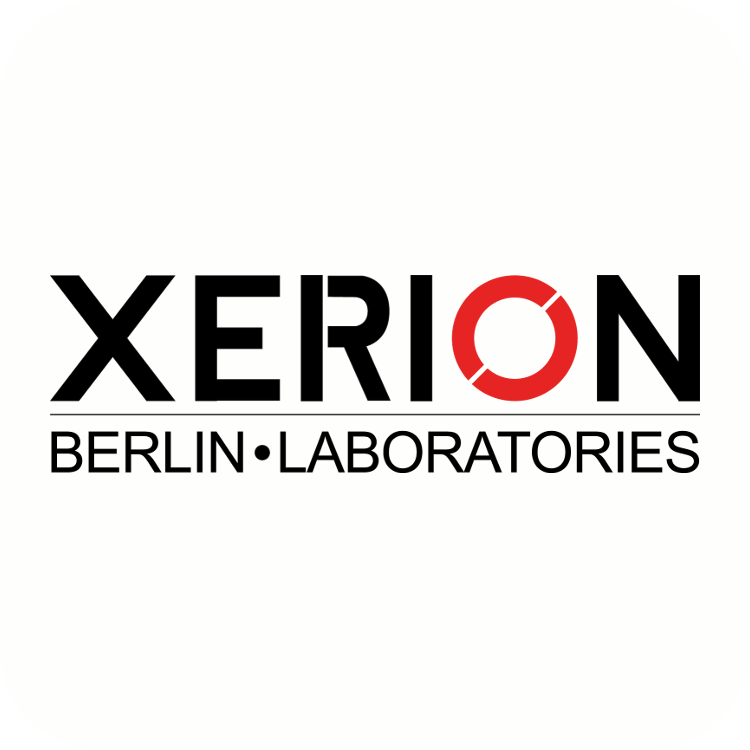XERION BERLIN LABORATORIES GmbH
Development of innovative manufacturing and fabrication techniques through advanced thermal systems to simplify and ameliorate the conventional manufacturing techniques and philosophy. We are confident of achieving this goal by having the right mixture of strong fundamentals in machine technology (associated with Germany) along with advances in digital industry.
What is the problem you are solving?
One of our prime focuses involves the attempt to print metal parts using a conventional desktop 3D printer. The process is very similar to an injection molding technique, where the binder/ elastomer is just used as a glue to bind the metal together, and is eventually vaporised to yield 100% metal parts (post debinding & sintering). It has advantages in terms of costs and flexibilty when compared to traditional injection molding process (MIM) and Selective laser melting, and there is a lot of interest for it in the “Ersatzteil” industy. A processes like this would save millions of Euros generally associated with storage and logistics of spare parts, and will help in reducing the 'down time' of a machine specially when its located in a remote location or in another continent.
What is unique about your solution?
Our solution finds an application for the FDM printers besides simple prototyping. It exploits the low costs associated with dekstop 3D printers and applies it in the field of metal manufacturing. It gains its inspiration from MIM but aims at further improving it by getting rid of the costly investments associated with the mold via the printer. Combined with our previous experience in debinding & sintering in the ceramic industry we are confident that we will successfully solve this problem. Such an innovation in FDM printer technology will open up the market for 3D printers, aiding the business for a number of filament producers and desktop printer manufacturers in Europe. It has the capability of halting the out sourcing of manufacturing to countries outside of Europe and aiding the concept of bionic designs in the field of structural engineering.



























































